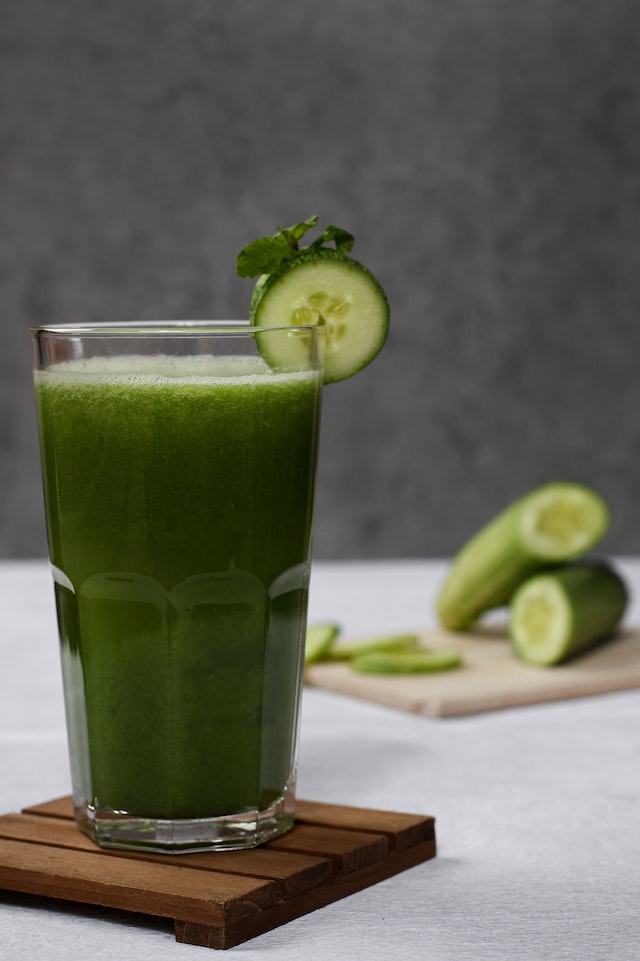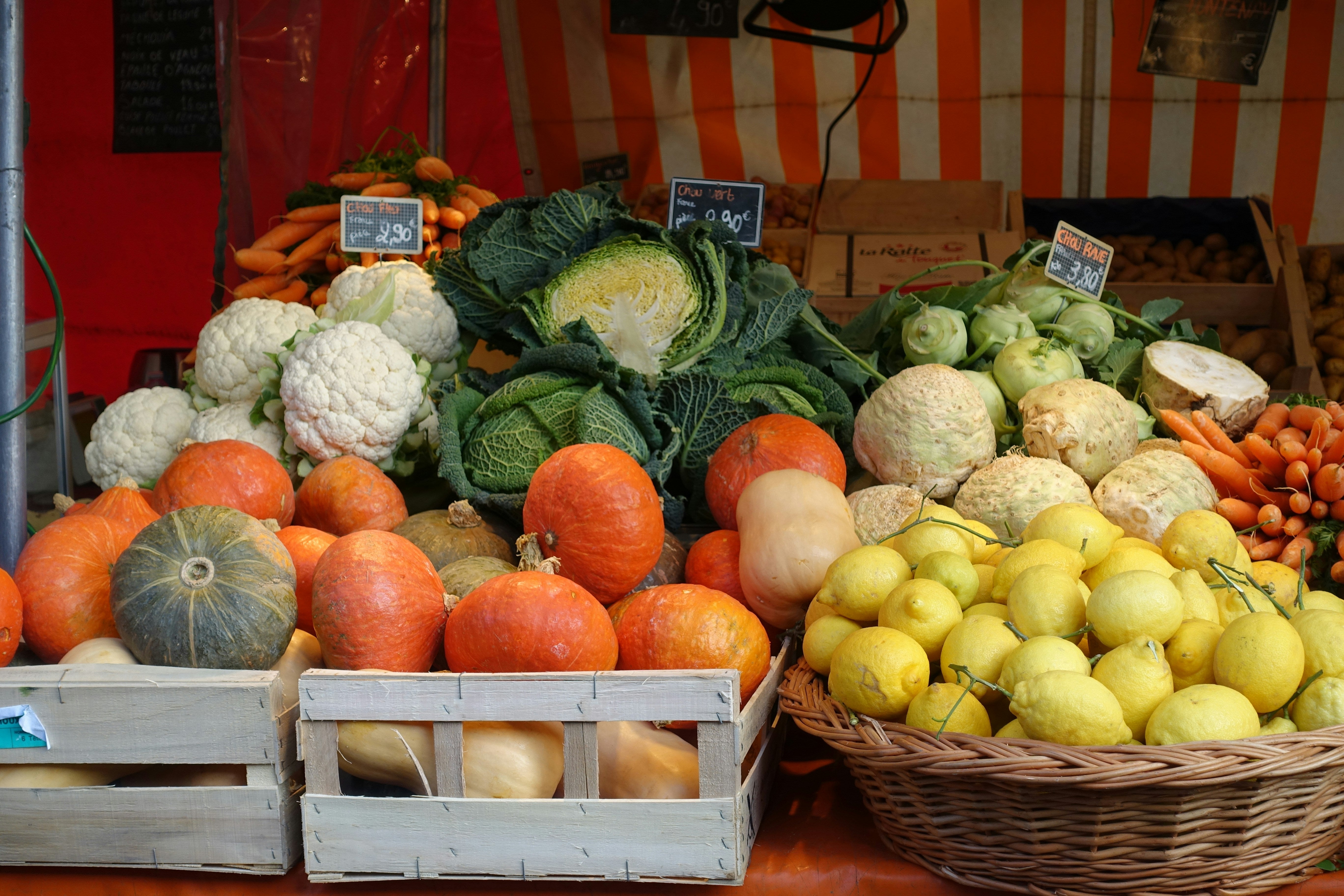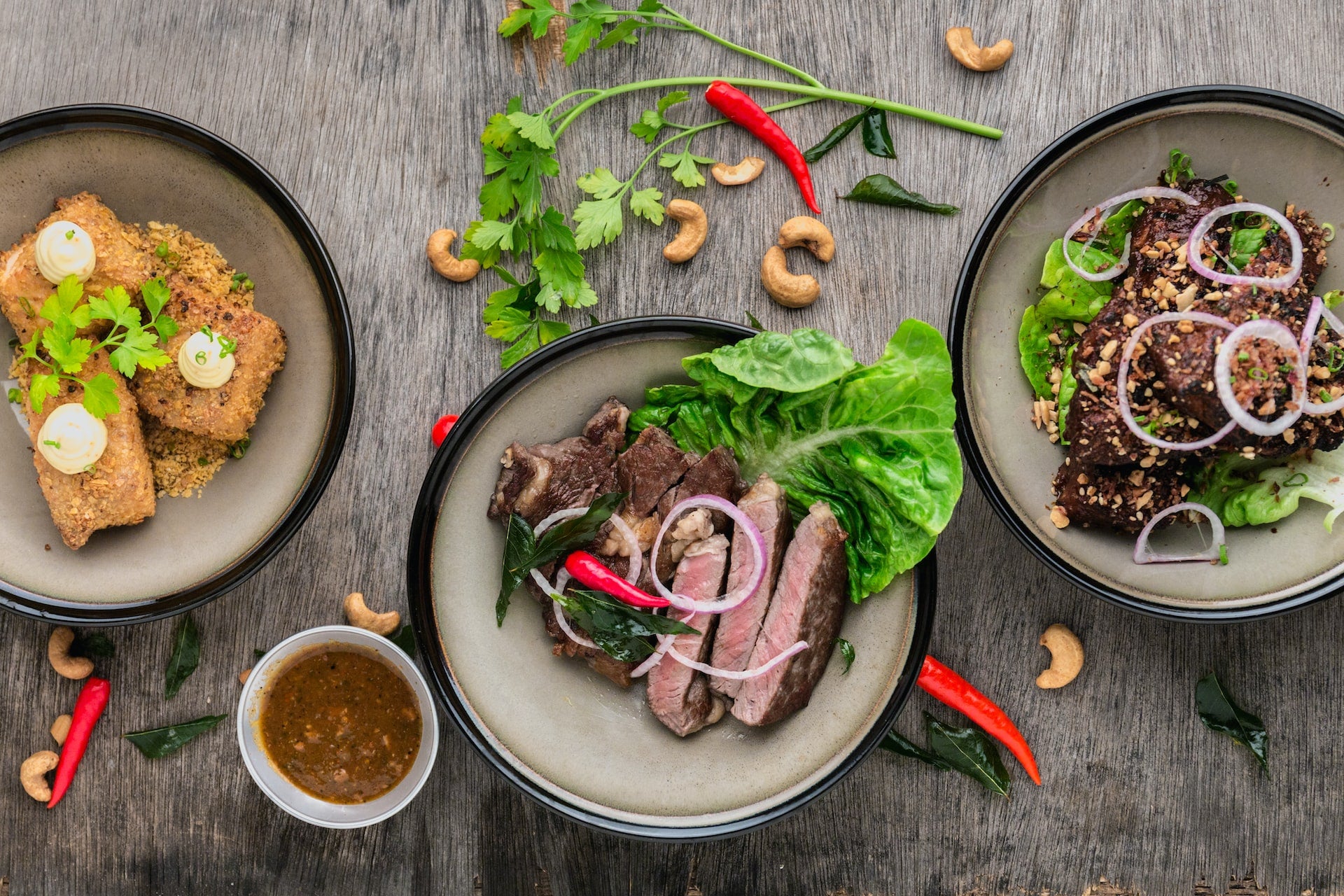Cold Pressed vs Normal Juice

When it comes to juicing, there are a few different methods that are used to extract the juice from fruits and vegetables. One of the most popular methods is cold pressing, which is often considered to be a healthier and more nutritious option compared to standard juicing methods. But what exactly is the difference between cold pressed juice and standard juice? In this blog post, we'll take a closer look at the key differences between these two juicing methods, and how they can impact the taste and nutritional value of the juice.

The first and most obvious difference between cold pressed juice and standard juice is the way in which the juice is extracted. Cold pressing uses a hydraulic press to extract juice from fruits and vegetables by applying a large amount of pressure. This method preserves the integrity of the juice, and minimizes the amount of heat and oxygen that comes into contact with it. This means that the juice retains more of its natural enzymes, vitamins, and minerals, resulting in a juice that is more nutrient-dense.
On the other hand, standard juicing methods typically use a high-speed centrifugal juicer, which uses a spinning blade to chop up fruits and vegetables and extract the juice. This method generates heat and friction, which can cause the juice to lose some of its nutritional value. Additionally, standard juicing methods often involve straining the juice, which can remove some of the beneficial fibers and pulp that are found in fruits and vegetables.
Another difference between cold pressed juice and standard juice is the taste. Because cold pressed juice is made with minimal heat and oxygen exposure, it tends to have a fresher, more vibrant taste compared to standard juice. Cold pressed juice also tends to have a thicker consistency, due to the presence of more fibers and pulp. On the other hand, standard juice is generally thinner and less flavorful, with a taste that can sometimes be described as "cooked" or "overripe".
It's also worth mentioning that cold-pressed juice is often made in small batches, it is less pasteurized, and has a shorter shelf life than standard juice. This means that it is often made fresh and consumed quickly, which helps to ensure that the juice retains as much of its nutritional value as possible. While standard juice, on the other hand, is made in larger batches and is often pasteurized to extend its shelf life. This can lead to a loss of nutrients and a less fresh taste.
To sum up, the main difference between cold pressed juice and standard juice is the way in which the juice is extracted. Cold pressing is a healthier and more nutritious option that preserves the integrity of the juice, while standard juicing methods can cause the juice to lose some of its nutritional value. Cold pressed juice also tends to have a fresher, more vibrant taste compared to standard juice. So, if you are looking for a more nutritious and flavorful juice, cold pressing is definitely the way to go.
Cold-pressed juice and standard juice are two different methods of juicing that can have a significant impact on the taste and nutritional value of the juice. Cold-pressed juice is a healthier and more nutritious option that preserves the integrity of the juice, resulting in a juice that is more nutrient-dense and has a fresher, more vibrant taste, while standard juice can lose some of its nutritional value and have a less fresh taste. When making a choice, be sure to consider your health, taste and preference-- your best bet is a bottle of LivingJuice.




